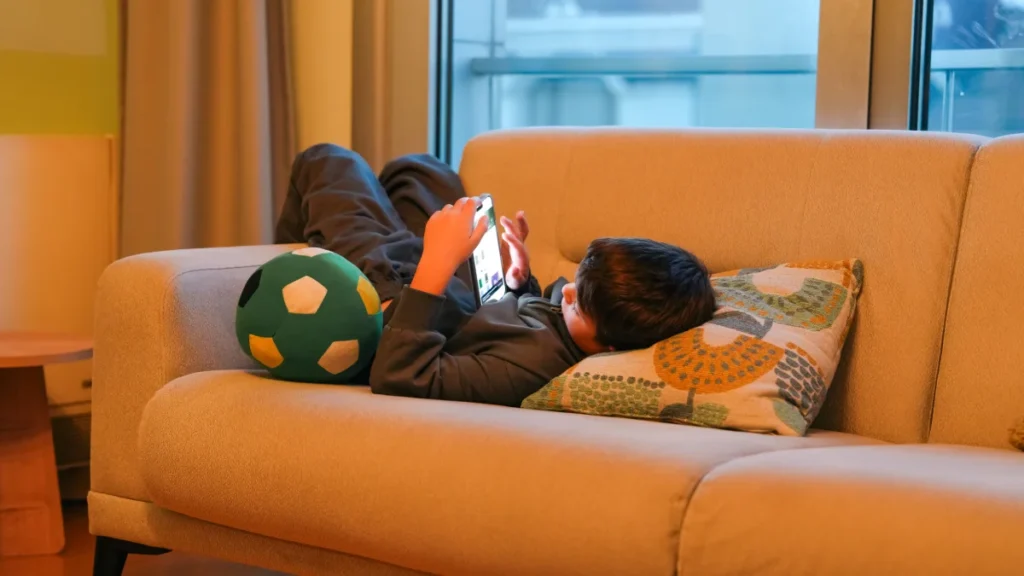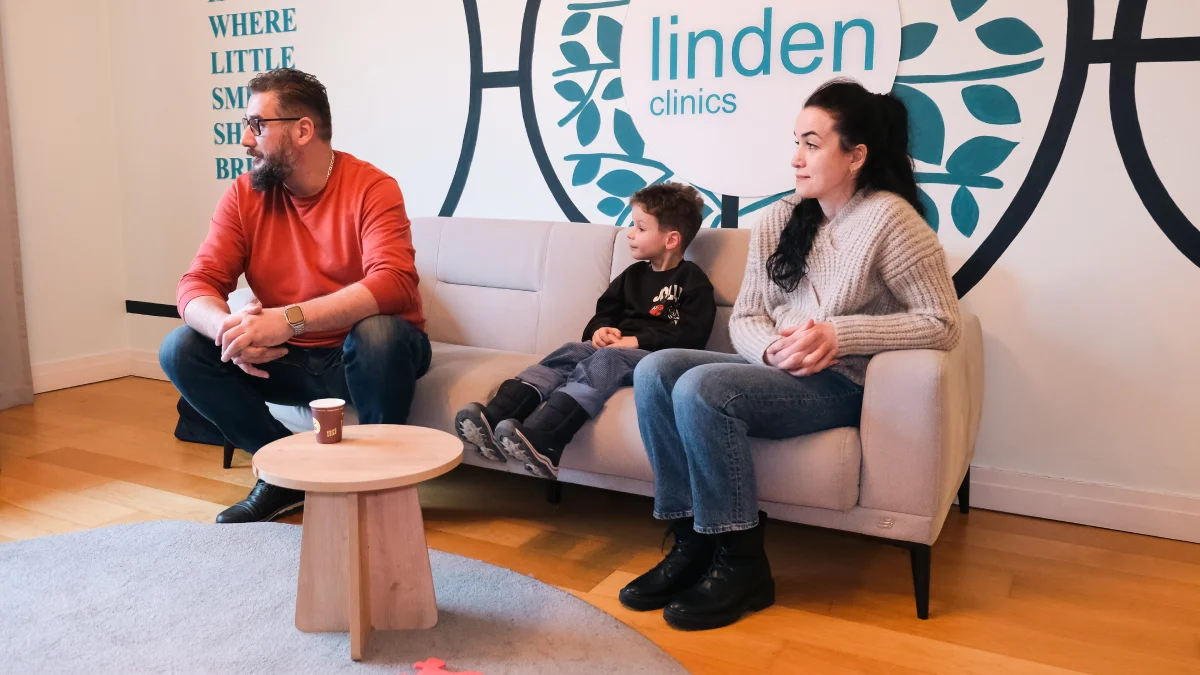Autism Spectrum Disorder (ASD) affects how individuals perceive and interact with the world. As our society becomes increasingly media-saturated, understanding the impact of environmental factors like television and social behavior is more crucial than ever. At the same time, breakthroughs such as Stem Cell Therapy for Autism are opening new doors for families worldwide. But how do these elements intersect—and what should parents and caregivers know?
Table of Contents
Television Exposure and Behavioral Patterns in Autism
Television has long been both a tool and a concern for families of children with ASD. While certain educational programs may support language development and emotional recognition, excessive or unsupervised screen time has been associated with behavioral challenges.
According to a clinical study published in JAMA Pediatrics, increased screen time in toddlers was correlated with attention issues by age 7. For autistic children, who may already struggle with sensory processing, screen overstimulation can exacerbate symptoms like hyperactivity or withdrawal.
Parents are encouraged to:
- Limit screen exposure to under 1 hour per day for young children.
- Choose autism-friendly, low-sensory programming.
- Co-view and discuss the content to foster social learning.
These practical steps align with behavioral therapy recommendations and can complement interventions such as Stem Cell Therapy for Autism by maintaining a stable environmental backdrop for neurological healing.
Environmental Behaviors: How Our Surroundings Shape Autism Outcomes
Environmental behavior doesn’t just mean screen time—it includes social routines, noise levels, diet, exposure to toxins, and even family interaction styles.
Dr. Susan Hyman, a pediatrician at Golisano Children’s Hospital and a leading figure in autism research, emphasizes that a predictable, low-stress environment can significantly improve outcomes for children undergoing therapies like ABA or even biological treatments.
Stem Cell Therapy for Autism Reviews often highlight that children placed in calm, supportive environments respond more favorably to the treatment. This reinforces the idea that the environment works hand-in-hand with biological interventions.
What is Stem Cell Therapy for Autism?
Stem cell therapy involves introducing regenerative cells into the body to repair damaged tissues or modulate immune responses. In autism, it’s believed to reduce neuroinflammation—a potential contributor to ASD symptoms.
- How Effective is Stem Cell Therapy for Autism? Early-phase clinical trials and observational reports show promising results in communication, eye contact, and social behavior improvements.
- Stem Cell Therapy Autism Success Rate: While still under study, many parents report positive behavioral shifts, with some clinics claiming a 60–70% noticeable improvement rate.
- Cost of Stem Cell Therapy for Autism: Depending on the clinic and country, costs range from $5,000 to $25,000 per cycle.
Best Stem Cell Clinics for Autism: What to Look For
When considering treatment, it’s crucial to choose a clinic that follows ethical, transparent, and scientifically backed protocols. Top-rated centers usually offer:
- Clinical trial participation
- Comprehensive pre-treatment screening
- Post-treatment support and follow-ups
Always consult with your pediatric neurologist before enrolling in any Stem Cell Therapy Autism Clinical Trials or international programs.

Real-World Success Stories: Hope Beyond the Diagnosis
Families worldwide are sharing transformative journeys through Stem Cell Therapy Success Stories Autism forums. One such story involves a 7-year-old boy from California who, after undergoing treatment in Panama, began making eye contact and expressing emotions verbally for the first time.
While these cases are anecdotal, they provide hope and inspire further clinical research.
Are There Any Side Effects?
Stem Cell Therapy Autism Side Effects are generally minimal when conducted by reputable clinics. However, mild fever, headache, or injection site discomfort can occur. It’s crucial to avoid unregulated “miracle cure” offerings.
Finding Clinics Near You
Searching for Stem Cell Therapy Autism Near Me can yield a mix of results. Focus on accredited medical centers, preferably those involved in international autism research initiatives. Organizations like the Autism Research Institute and ClinicalTrials.gov provide helpful directories.
Conclusion: A Holistic View
While environmental behaviors—especially screen habits—undoubtedly impact the development of children with ASD, emerging treatments like stem cell therapy offer a complementary path for improvement. The key lies in merging lifestyle adaptations with medically guided innovation.
FAQ: Stem Cell Therapy & Autism
Can watching too much TV make autism symptoms worse?
Excessive screen time can exacerbate sensory issues and attention challenges in children with ASD. Balanced use is recommended.
Is stem cell therapy approved for autism?
It’s currently considered experimental but is being studied in clinical trials worldwide.
How soon can I see results from stem cell therapy?
Some families report changes within weeks, while for others it may take months. Responses vary.
Are there risks involved?
Minimal risks exist when performed by licensed professionals. Always ensure the clinic is reputable.
What’s the best way to support my child during treatment?
Maintain a structured, low-stimulus home environment and complement therapy with behavioral support.

